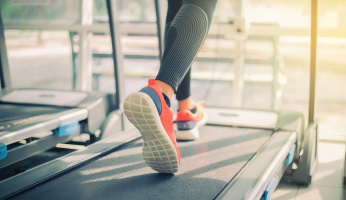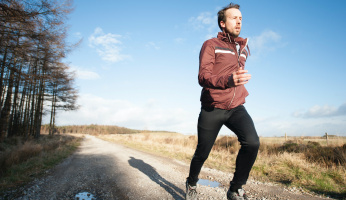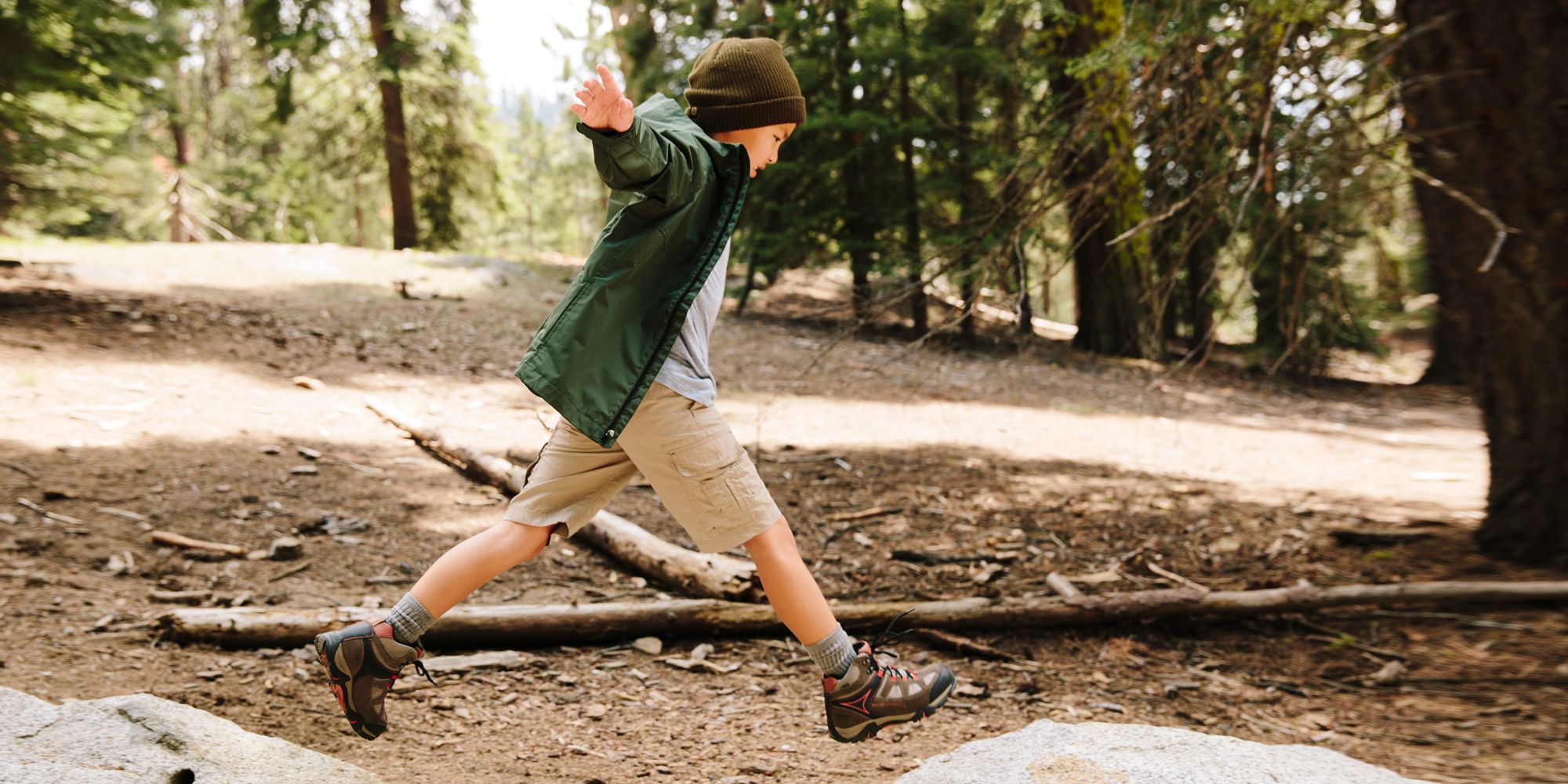Steps to a Faster Recovery After a Long Run
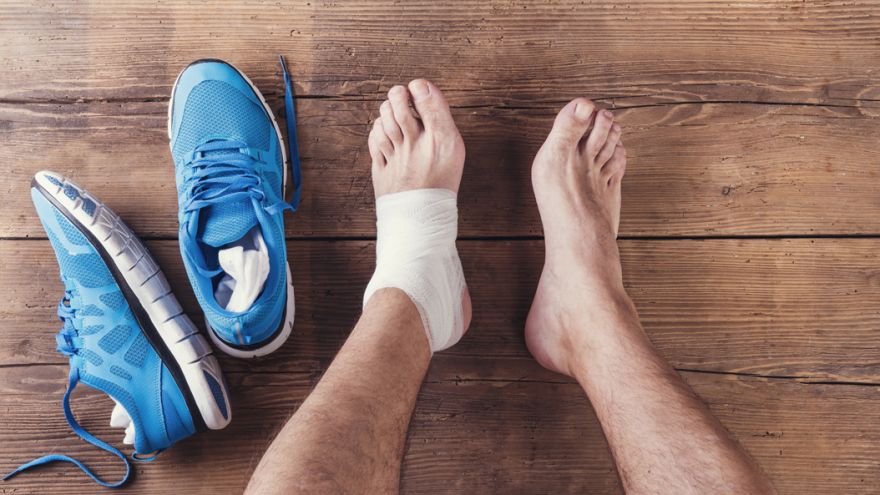 Steps to a Faster Recovery After a Long Run www.walkjogrun.net
Steps to a Faster Recovery After a Long Run www.walkjogrun.net Running… We all know how to prepare for a long distance run. We rest up the day before, load up on carbohydrates (carbs), hydrate, and warm up. But, what exactly can we do to recover faster after a long run? Let’s talk about it.
When I think of recovering, my mind goes to the act of rebuilding muscle, replacing nutrients, and incorporating rest. All of these elements are needed to function effectively after strenuous exercise. Because remember we are not machines.
Step 1:
After crossing the finish line or completing your long run, remember to continue moving. Even if it is a slow walk, keep moving. This slow movement transitions your body into the “cool down” phase.
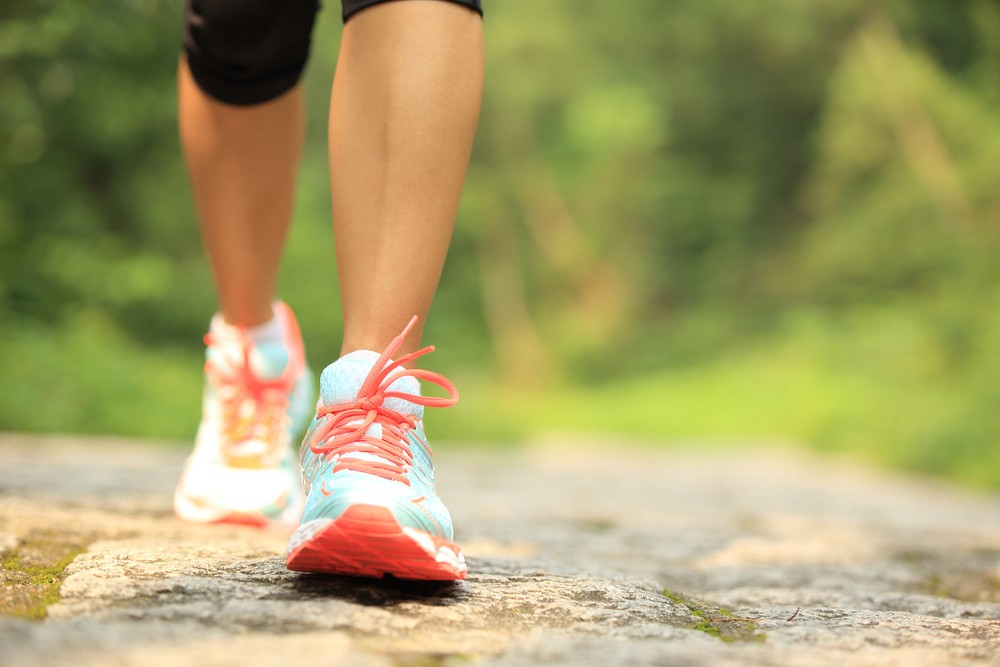
The cooldown allows your body to decrease acidity build-up in your muscles and allows your body’s systems to come back to their normal state.
Step 2:
Change your shoes. These are your go-to shoes and they should make your feet feel like a dream. Usually for me, after a long run, my feet are swollen. I love shoes that let my toes hang free with very little restriction and give me lots of support.
I always change into my Rainbow flip-flops. But, you may have a slide that gives you the same amount of comfort or another type of shoe. The most important 2 things are comfort and support, in my opinion.
Step 3:
Make sure you stretch. Stretching can help to aid in recovery, support flexibility, and relieve tension. Some simple stretches are:
✓ Touching your toes – bend at the hip and reach for your toes
✓ Calf stretch – place one foot behind you with your knee straight and your heel should be elevated slightly off of the ground; your opposite knee should be bent in front of you
✓ Quadriceps stretch – grasp your ankle behind you and pull your foot towards your buttocks
✓ Iliotibial band stretch – cross your right leg over your left and reach with your right arm over your head to the opposite side of your body
✓ Knee-to-chest stretch – grasp your knee and pull it up towards your chest
✓ Shoulder stretch – reach your arm across your chest with your elbow straight and hold it
✓ Neck stretch – bend your head forward and slightly to your right, now take your right hand and gently pull your head towards the floor
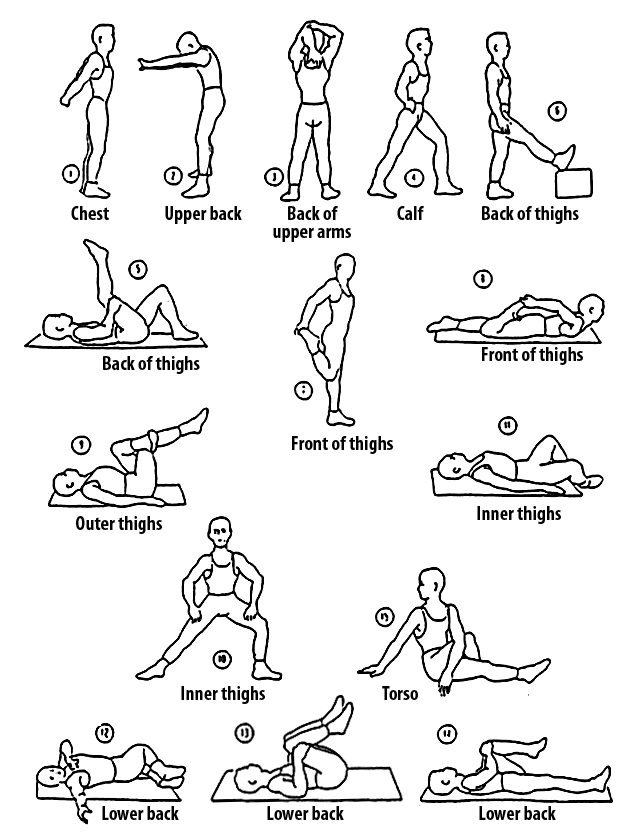
All of these stretches can be performed outside right after cooling down from your run. These stretches should be repeated on both sides and make sure you hold the stretch for at least 30 seconds.
You should not feel any pain, but there will be a feeling of pulling. If you are unstable standing on one foot please support yourself by holding on to something stable for balance.
Step 4:
Be sure you eat a meal after your long run. Food and water are the necessary fuels our bodies need in order to function and the food we consume is used to generate energy.
This energy then allows our cells to start rebuilding the muscles that were broken down during the run and heal other areas of the body that were injured during such a strenuous exercise. The water we consume plays a major role in how our muscles perform and dehydration could slow down the process of healing.

It is imperative to replenish the nutrients that were depleted because proteins, carbs, and fat all play a vital role in helping your body recover quickly. Some well-rounded meals you could consume that require minimal prep work are as follows:
- Butter chicken with rice and broccoli
- Salmon with potatoes and cut vegetables
- Curry lentils with ramen, spinach and a boiled egg (for a vegan option add cubed tofu)
- Stewed chickpeas with rice and vegetables
- Sautéed chicken with vegetables topped with avocado slices
All of these options will give you carbs, fat, and protein. But, if you are at an event they usually have items such as bananas, apples, watermelon, other fruit options, sandwiches, yogurt, coffee, water, and anything in between that you can eat to hold you over until you are able to get a meal.
During long runs, it is also helpful to consume small amounts of water and energy snacks along the way. This can help to reduce your chances of dehydration and low blood sugar levels.
Step 5:
While taking your post-workout shower, try this 5 to 8 times. You will turn the cold water on let it run for 30 to 40 seconds, then switch the water to warm.
This process is stated to help decrease muscle pain and increase muscle relaxation. And if you are up to it you can try an ice bath. The water is suggested to be between 8 to 15 degrees Celsius (46.6 to 59 degrees Fahrenheit).
Step 6:
Try integrating a relaxation method into your routine. This could include yoga, autogenic training, meditation, a massage, or going to the sauna.
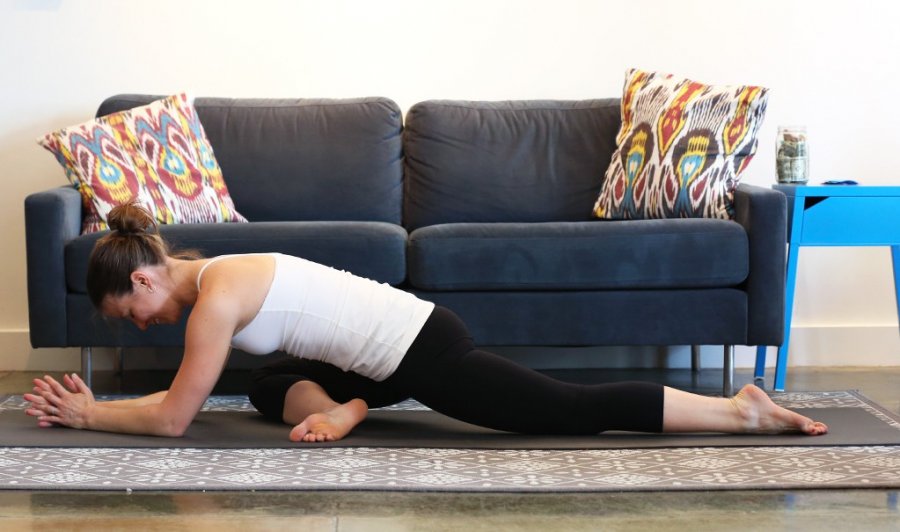
Whatever helps you to relax; there have been links to these methods helping to decrease lactic acid build-up in the muscles and tightness.
Step 7:
Last, but definitely not least important is sleep. Although our bodies are healing and processing throughout the day, while we are sleeping is when the real magic happens. We need to get around 7 to 8 hours of sleep to assist our bodies in the recovery process.
Not getting enough sleep is always a recipe for disaster. Your immune system becomes stressed and your body just does not function at its best. So, remember just like you need food and water for fuel, you need rest to reset.
Sources
- , Everything you need to know about recovering from a marathon, Online News
- , Guide to stretches, Clinic
- , The best ways to bounce back after a tough workout, Clinic
- , MUSCLE RECOVERY: 8 TIPS FOR A FASTER RECOVERY AFTER SPORTS, Running Blog





